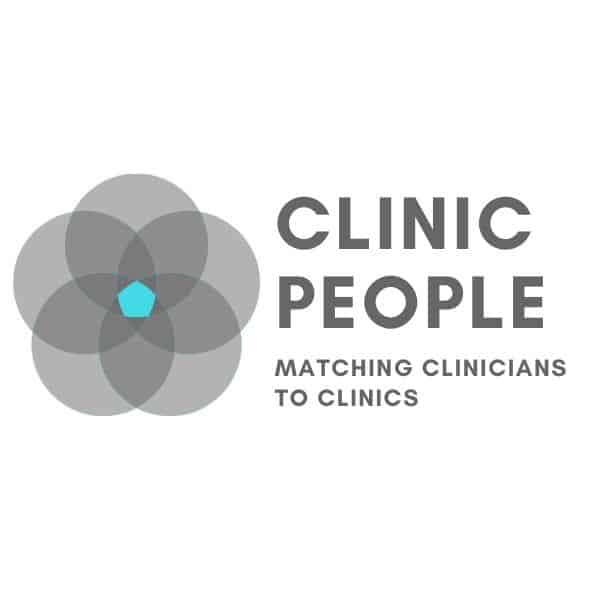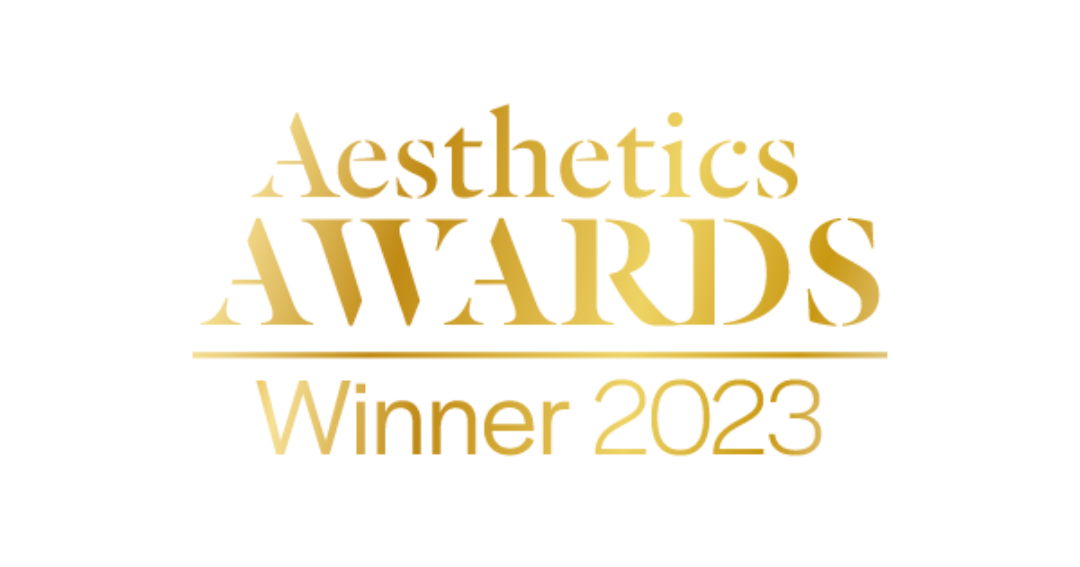Be Realistic…but Stay Positive: You Can Do It!
There has been a trend recently to draw awareness to the fact that branching into the Medical Aesthetic Industry is not always plain sailing.
Quite rightly, skeptics have stressed the perils of skipping blindly away from your day job (which may have its downsides but nonetheless pays the bills, right?) after promises of reduced working hours, more input and creative freedom…not to mention money, money, money.
So, What Does it Take?
Let’s be sensible here: Everything in life, particularly with an economy like ours in the UK today, is what you make of it. As Elton John penned in “The Circle of Life”: Some will fall by the wayside, others will shoot to the stars. But a great deal in this industry comes down to:
a)having the required skillset to begin with. This is why the best training providers will, like Cosmetic Courses, only take on medical professionals. We talk about Insurance but this is a very real issue: if you can’t get insured after your training, you won’t get work, therefore it simply would not be fair for us to train you under false pretences. Also, we have found that professionals from roles like Nurses, Doctors and Dentists already have a high number of the skills required to make it in this sector. For more information on this, take a look at our brand new Transferable Skills pages for Doctors, Nurses and Dentists.
b)Ability to network. This is partially being in the right place at the right time, but largely putting yourself out there and making contacts, getting to know others within the industry who can recommend products and techniques, introduce clients…and possibly even provide jobs or partnerships! Self-promotion is absolutely vital so you do need a strong backbone and a creative streak (which of course you have already to be considering Aesthetics!). With online resources like Linked-In, Gumtree, Facebook and regular conferences to attend…the medical aesthetic world really is your oyster.
Market Yourself
To illustrate this point further, here is a real recent enquiry from a Delegate. This both shows the need to be realistic about the industry you are considering going into, and the things that can be done to ensure you give yourself the best chance possible:
Question:
Dear Cosmetic Courses,
I took a medical aesthetic training course in April 2010, and have yet to get my first client! I work full time,as a Practice Nurse,and realise I may not have promoted myself enough. I have advertised myself in a local dentists , and beauty salon.
Answer from Libby Stewart, Cosmetic Courses Aesthetic RGN:
It can be difficult to get going with your practice.
You could consider holding an open evening at a salon or practice to inform potential patients of what treatments you can offer and how the treatments may work for them. People seem to need more than an advertisement to encourage them. Patients who are regulars to procedures are usually happy to stay with their existing practitioner unless something interests them to leave eg. your prices or they just like you better. Patients who are new to treatment and just considering it need a lot of encouragement and benefit from a good consultation so that you can establish a relationship with them.
Yes, the insurance has to be paid once you commence treatments but most of the companies allow for monthly payments that you can cancel at any time should you find this is not the right field for you. Remember that what initially looks like quite a mark up on product cost can seem less of a profit when you take purchase of product and consumables, paying yourself an houly rate, any rent or commission that you pay to a third party and insurance and training costs incurred by you into consideration. So the price you charge for your treatments should reflect all of these to make sure you still make a profit!
Cosmetic Courses are always on hand and happy to offer advice about your Business and Marketing Strategy. 24 hour Advice is available through our Telephone Line, 01844 390110…simply leave your question and we will get in touch very quickly!
 Facebook page,
Facebook page, 






